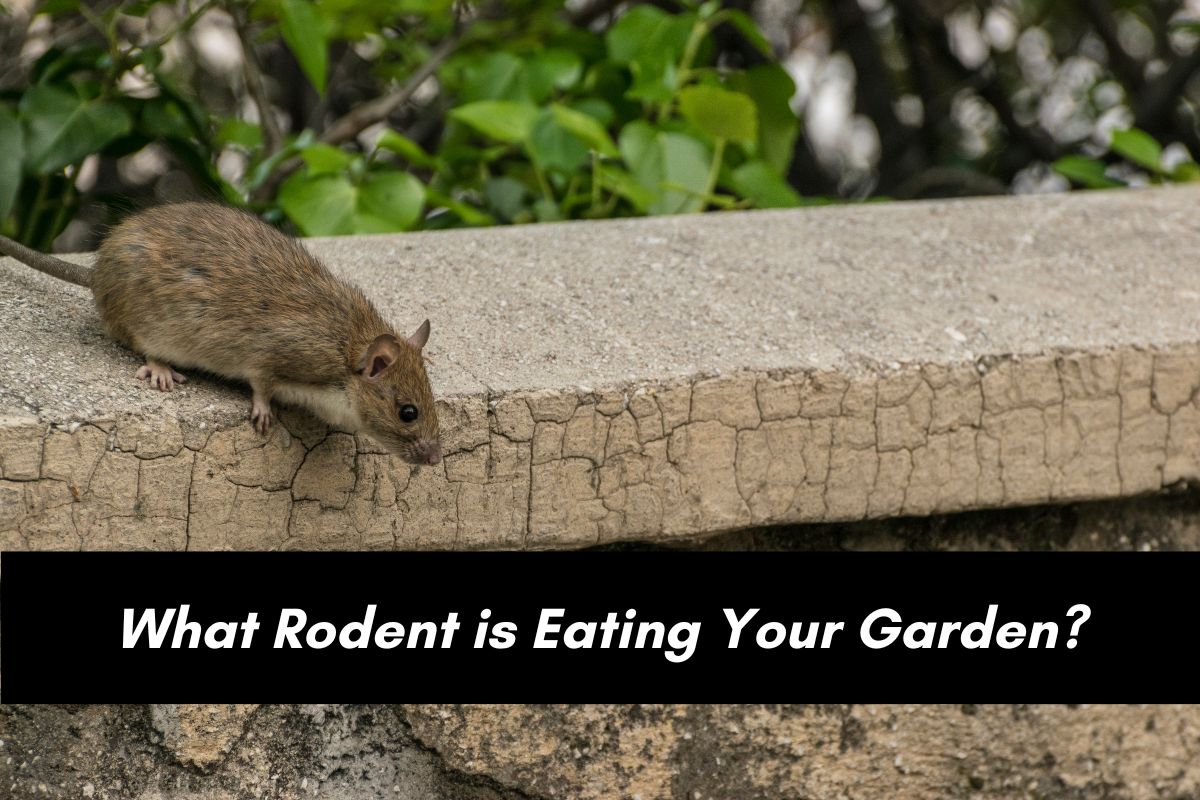
Understanding Moles in the Yard in the Triad
- Posted by Admin
- On January 6, 2025
- 0 Comments
Moles, although often assumed to be in the rodent family, are members of another small group of rodents known as talpids. North Carolina is home to three separate species of mole, two of which are present in the Triad.
The North Carolina mole species that is not present here is known as the hairy-tailed mole. This tiny talpid is only present in the western part of the state because it only thrives above 2,000-foot altitudes.
The star-nosed mole, while present in the Triad, is not all that common anywhere in the state, and was until recently a protected species. There are more star-nosed moles in the mountain than the Piedmont, and the ones present in the Piedmont are only close to wetlands.
Even so, the star-nosed mole is present in the area and is a very interesting creature. For one, the star nose they have is actually 22 small appendages that have 25,000 sensory receptors. They use these receptors, known as “Eimer’s organs,” to carefully scan the dirt they move through for insects to eat. And the time from sensing an insect to eating an insect is so fast that they are regarded as the fastest eaters in the world among mammals, according to the Guinness Book of World Records.
With hairy-tailed moles non-existent and star-nosed moles rare, the mole you are likely to find in your lawn is the common mole, also known as the eastern mole.
The Eastern Mole in the Triad
These are far more numerous, and because they love the loamy soil found in grassy areas, they love places people would rather they not dig, like lawns and golf courses. So, it’s safe to say, if you are having trouble with moles in Greensboro, High Point, Winston-Salem or Burlington — unless there is a pond or marsh on your property — you’re dealing with the common eastern mole.
The eastern mole has velvety fur, is about 6 inches long and has hairless, large clawed feet. It also has a longer nose without all the appendages of the star-nosed mole, though it does use it as a sensory organ. They use their large feet to dig tunnels, where they live, hide from predators, and hunt insects.
The reason they are considered a pest though is because this tunnel digging often creates eye-sores for property owners. They have two types of tunnels — deep, permanent ones they use as highways, and shallow, temporary ones they use for brief hunting adventures. The shallow ones, along with the molehills that come with them, are the problem.
Eastern Mole Behavior in the Yard
Understanding mole behavior is important to knowing how to react to them. One thing that separates them from other small mammals, especially rodents, is that they are solitary and territorial.
So if you see a molehill and some shallow tunneling, chances are just one mole is doing that work. And the work they’re doing is mainly focused on hunting insects. One mole can eat up to 50% of its body weight every day. Their food of choice is insects — especially beetle larvae and worms. When the soil is soft after a heavy rain, they often spring into action to dig extra tunnels.
If you successfully remove that mole, your yard still is a haven for them. Removing one mole just opens your yard for other moles to move into that territory.
Moles will come together, but typically only to mate. The females, known as sows, will then give birth to litters of up to six moles, who are fully self-reliant within just four weeks.
Moles vs Voles
The most commonly confused animal for the mole is the vole — both because of the rhyming names and the tunneling. But apart from those two similarities, the two aren’t really that alike.
Voles are small mouse-like rodents that also like grassy areas with loamy soil, hence their nickname “meadow mice.” They are much more destructive than moles, though. Moles eat almost solely insects, while voles eat exclusively plants, especially their roots. To get at the roots of smaller plants, like grasses, flowers, vegetables, and young trees, voles do not have to dig very deep. This means all their tunnels are along the surface. It also means they dig up the lawn and kill your plants at the same time. To make matters worse, voles multiply quickly and are highly social, so again, nothing like the mole.
Moles vs Gophers
Gophers, another digging rodent, can also be mistaken for moles, but often just by people from other parts of the country. Someone from California or Texas who is used to gophers digging up their lawn may suspect gophers once they get to North Carolina. But gophers do not live in the area, so the culprit is likely to be either voles or eastern moles.
Mole Management in the Triad
Believe it or not, many people decide not to eliminate the moles on their property. Because they usually don’t come in large numbers, the problem may not get out of control quickly like with voles. Also, some gardeners see them as helpers who loosen soil and control insect populations.
But long term, this friendly relationship may not last, especially if they start digging in an area where you would rather not have tunnels and molehills. When it reaches this point, you may have to make the decision to eliminate the moles on your property.
There are three methods of getting rid of moles that you may want to consider. The first is to use poison bait, shaped like worms, called Talpirid. The second is to use traps, similar to mouse traps. And the third option is to kill off their food supply, especially white grubs, and earthworms, with pesticides.
There is a fourth option, which many people settle on in the end, and that is to call in the professionals. In Guilford, Alamance and Forsyth counties, Critter Control of the Triad is the trusted expert to call for help with managing problem moles. Call 336-370-0445 to learn more today.










